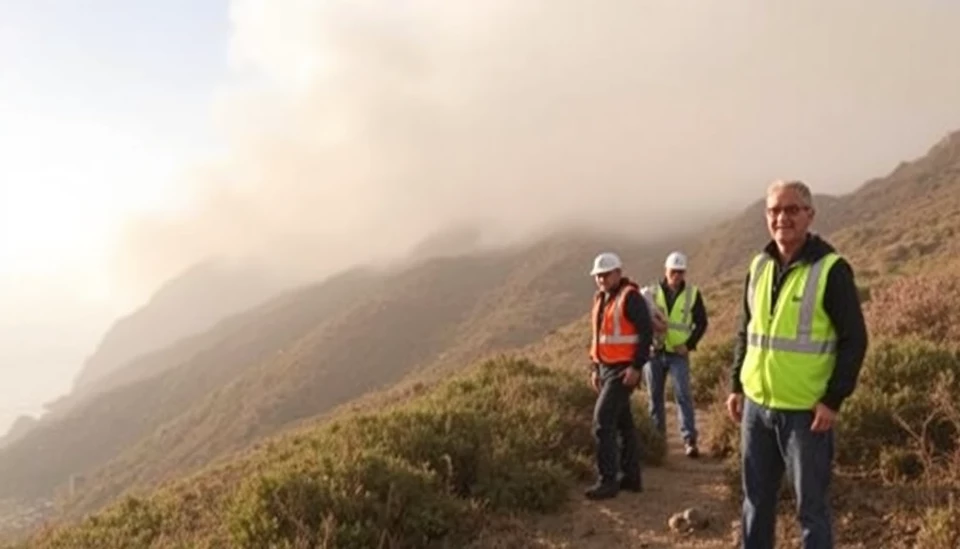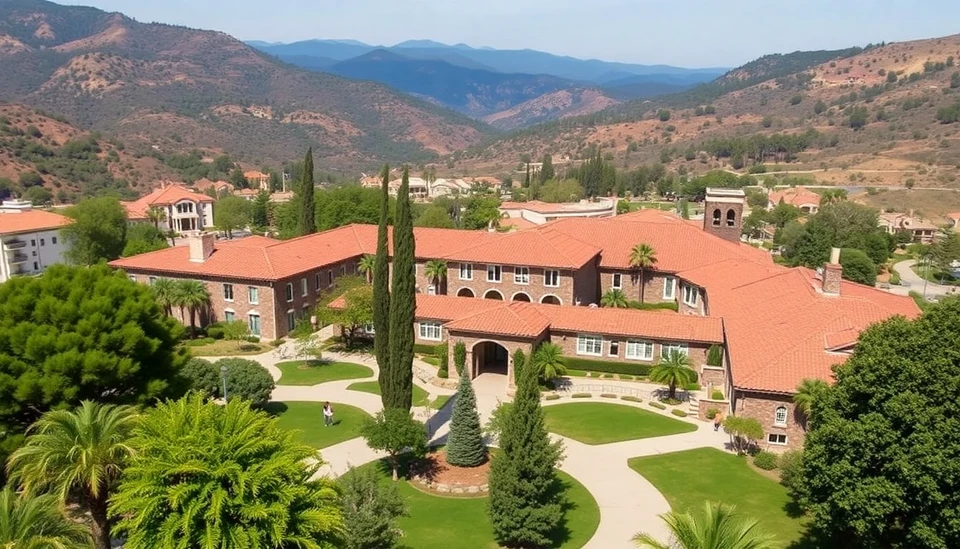
In an illuminating case study on the limits of wildfire preparedness, a Malibu home's recent retrofit costing $300,000 is raising eyebrows and concerns. This extensive renovation, implemented with the aim of enhancing wildfire resilience, underscores the multitude of challenges homeowners face in a region increasingly prone to catastrophic fires. As Malibu contends with its increasingly perilous environment, the effort might serve as both a valuable lesson and a cautionary tale for others in wildfire-prone areas.
The renovations targeted key vulnerable areas of the home, incorporating fire-resistant materials and design features intended to withstand the harsh realities of wildfire encroachments. This proactive approach stands in stark contrast to the dire conditions often seen in California's most impacted areas, where devastating fires have caused irreparable damage to countless properties and lives.
While the homeowner's decision to invest a significant sum into fortifying their residence against potential fires marks an essential step in personal safety and mitigation efforts, experts caution that such measures may not guarantee protection. California's wildfire crisis has shown that even the most fortified homes can succumb to the fury of nature when conditions are ripe for disaster.
Insurance analysts and fire safety experts have pointed out the high costs associated with these retrofits. In a state frequently battling the effects of climate change, where wildfires burn longer and more intensely, the financial burden can feel overwhelming. This poses a pressing question for homeowners: how much can one invest to genuinely secure their property against the looming threat of wildfires?
Furthermore, the retrospective nature of these upgrades raises concerns about accessibility. The substantial financial investment involved in wildfire-proofing many homes puts such protections out of reach for a large portion of the population, creating a disparity between those who can afford to safeguard their properties and those who cannot. As a result, whole communities may remain vulnerable, even as a small number of residents take steps to shield themselves.
The Malibu retrofit story serves as an important narrative for other regions prone to environmental threats. Communities must balance the onus of safeguarding individual properties with broader systemic improvements. As California looks toward legislative priorities focused on resilience and recovery, the focus shifts to creating effective policies that not only support individual homeowners but also build wider community defenses against climate-driven threats.
As we approach the next wildfire season, the Malibu retrofit highlights a growing concern around the adequacy of fire preparedness efforts. Homeowners, policymakers, and fire safety experts alike must consider how to best invest resources in ways that will yield real-world benefits against the ever-growing threat of wildfires.
Going forward, discussions surrounding wildfire mitigation will undoubtedly intensify, as the stakes have never been higher. For residents in fire-prone areas, it is crucial to evaluate the most effective methods of fortification and to push for community-wide approaches that enhance safety and protection for all.
In the complex landscape of wildfire management and safety, the Malibu case stands as a microcosm of a broader dilemma facing residents across California and beyond. As climate impacts intensify, concerted efforts will be necessary to create effective, inclusive, and sustainable solutions.
#Malibu #WildfirePrep #HomeRenovation #FireSafety #ClimateChange #CaliforniaWildfires #SustainableLiving #EmergencyPreparedness
Author: Samuel Brooks




